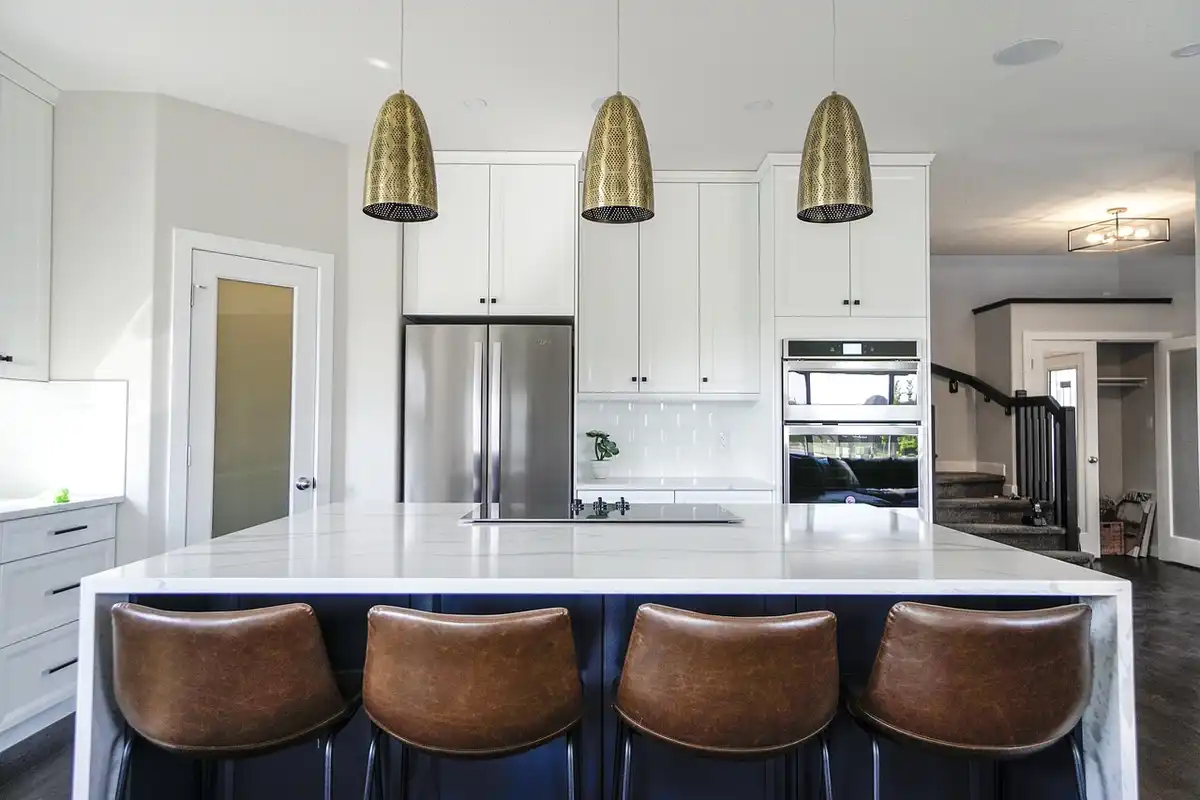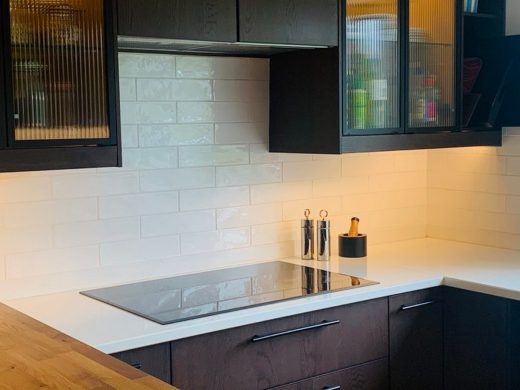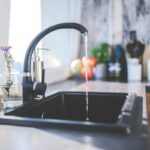How to maximize bespoke kitchen functionality, House cooking space, Property dining area
How to Maximize Functionality in a Bespoke Kitchen
9 September 2024
A bespoke kitchen is an investment that enhances your house’s aesthetic appeal and unique style. However, careful planning is necessary to create a kitchen that is both aesthetically pleasing and incredibly functional.
Every component of the kitchen’s design, from appliance placement to storage options, should work together to maximize efficiency. You’ll learn important tactics in this guide to make the most of your custom kitchen.
rel=”noopener”>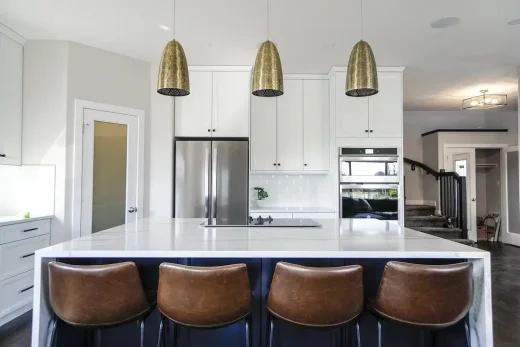
Plan Your Layout for Efficiency
The most crucial component of any functional kitchen is the layout. When designing a custom kitchen, it is important to make sure that there is enough space for movement between the cooking area, working area and the storage area. One of the most typical layouts is the work triangle where the sink, refrigerator and the stove are positioned in a triangular shape. This layout helps to reduce the amount of movement when performing tasks and also ensures that all items are within reach. In bespoke kitchens, there is a certain degree of freedom as regards layout which can be altered to suit one’s fancy.
Prioritize Ergonomic Design
Functionality in a kitchen refers not only to the space but also to the ergonomics of the layout. Think about the height of countertops and the position of appliances so that you do not have to bend or stretch to reach them. Other features like pull out cutting boards and countertops that can be shifted within the kitchen are also important especially when there are users of different heights in the household. In addition, doors that will automatically close when they are left ajar will reduce on noise and effort when pulling kitchen items from drawers and cabinets. It is therefore important that there is a clear and precise ergonomic design to guarantee long-term comfort and ease of use.
Optimize Storage Solutions
One of the biggest factors that should be optimised in a bespoke kitchen is storage. One of the key features of this type of kitchen is the use of custom cabinets as this makes it possible to design storage solutions in accordance with the specific requirements of the homeowner. It is suggested to use deep drawers for pots and pans, vertical dividers for baking trays, and hidden storage for small appliances. Pull out units with shelves can also effectively utilize corners and other areas that are otherwise left unused. When arranging your storage, you make sure that every little corner is utilized, and your kitchen is as organized as it can be.
Smart Appliance Placement
Another important aspect that plays a role in enhancing the efficiency of your kitchen is the placement of appliances. The first step is to group items that are related or are used together in order to save time. For example, if the dishwasher is installed near the sink, this is rather useful when rinsing and loading the dishes. Other equipment such as ovens and microwave should also be placed at a convenient height so that one does not have to bend. For the people who frequently employ large appliances, it is recommended to place them inside the cabinetry to create a seamless appearance while still being practical. Proper placement of an appliance will improve the cooking process and reduce unnecessary movements.
Incorporate Multi-functional Features
Functionality in the contemporary kitchen is defined by the integration of as many multifunctional elements as possible. For instance, an island that has storage, seating area and countertop for preparing food will greatly improve the functionality of your kitchen. Pull-out tables, sliding countertops, and concealed dining areas with breakfast bars are all good ideas to consider in terms of space-saving. These features enable your kitchen to perform different functions effectively and at the same time, be flexible to meet your needs.
Ensure Adequate Lighting
One of the most underrated factors that can be used to enhance the efficiency of a kitchen is lighting. Proper lighting in a bespoke kitchen can work wonders in terms of both aesthetics and functionality of the area. Accent lighting like under cabinet lights provide adequate illumination to work areas where foods are cut, cooked, and washed. Other types of lighting include pendant lighting or recessed ceiling lights that offer general lighting to the whole room. Do not overlook natural lighting, though; installing large windows or even a skylight will allow for ample natural light during the day and will make the kitchen feel warm and inviting.
Create a Seamless Flow Between Spaces
Another aspect that is not often considered is the relationship between the kitchen and the other spaces in an open floor plan home. The custom kitchen can be opened to the dining or living space, depending on the flow one wants to achieve. The materials should be well coordinated, the colors should be consistent and furniture should be well placed to ensure that the kitchen blends with the living area and movement from the kitchen to the dining room is not a problem. This coherent design can enhance the beauty and functionality of your home at the same time.
Tailor the Kitchen to Your Lifestyle
In other words, a properly designed kitchen for one family may not suit another family’s needs. Your custom kitchen should be designed according to the way you cook, the number of people in your household, and your individual needs. Thus, if you have a passion for baking, you may allocate more countertop space to workstations, or if you often host dinner parties, a large island with built-in seating would be essential. The beauty of a bespoke kitchen is that one is able to design a kitchen that fits one’s needs while at the same time being beautiful and functional.
Comments on this guide to How to maximize bespoke kitchen functionality article are welcome.
Kitchen Design
Kitchen Articles
Installing Modular Kitchen in Your Home
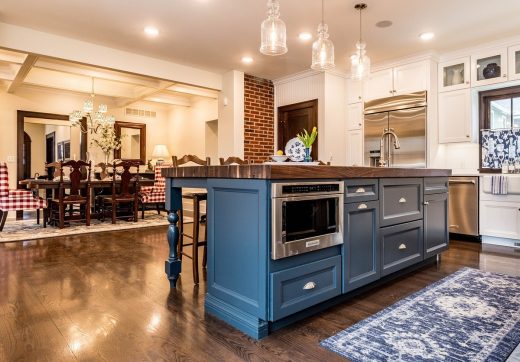
Natural Stone Countertops in Your Kitchen
Home Design
Home Design Articles
Comments / photos for the How to maximize bespoke kitchen functionality advice guide page welcome.

